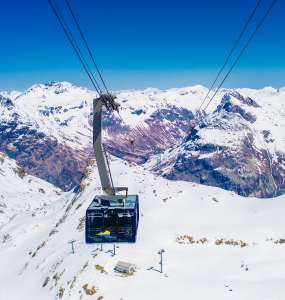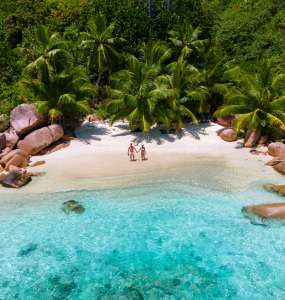TO GO ON SAFARI
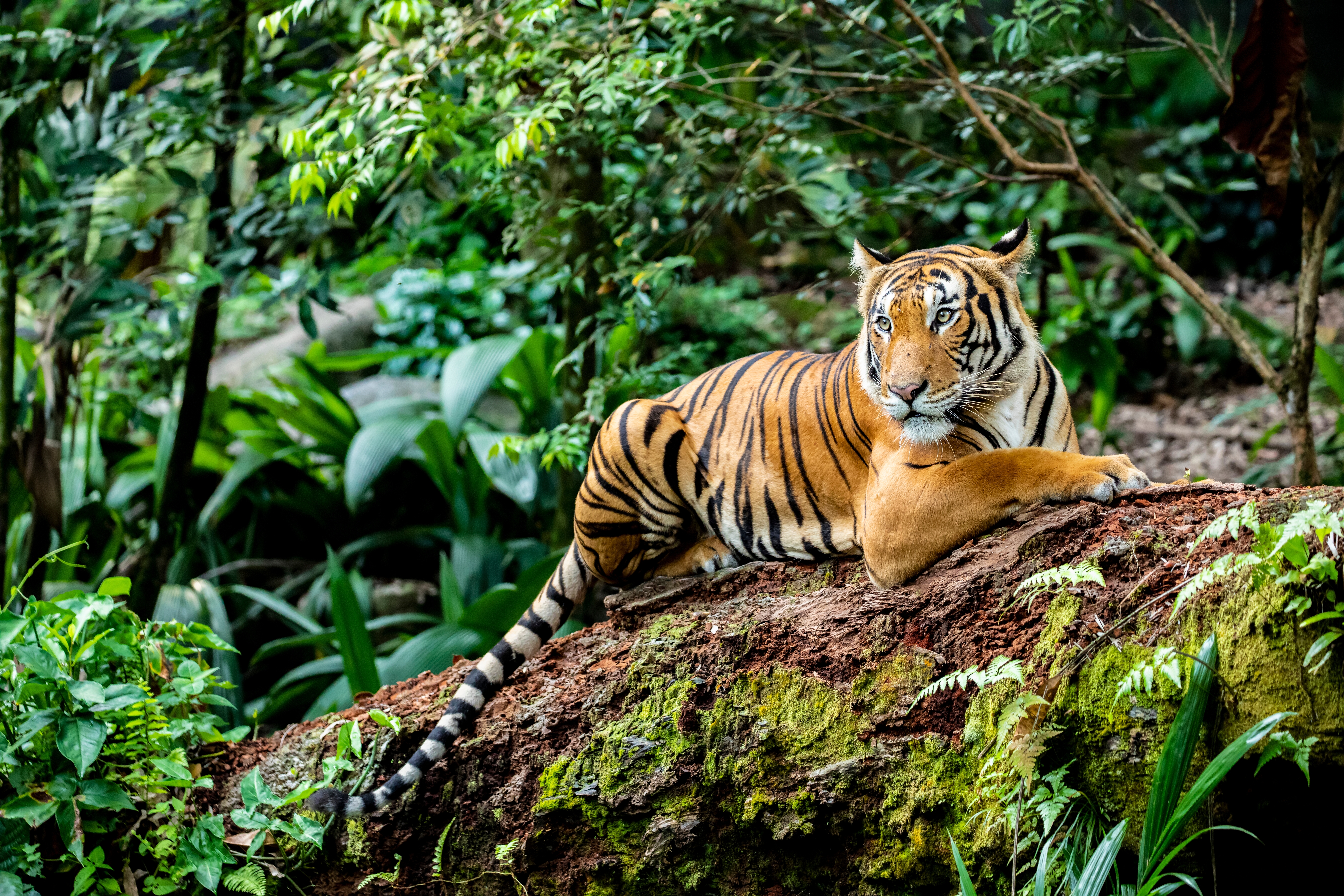
INDIA
TO SEE: Bengal tigers and lions.
Royal Bengal tigers live in Nepal, Bhutan, and Bangladesh, but the majority of their population (3,600 individuals) resides in India. The largest concentration is in Jim Corbett National Park, the oldest of India's 106 national parks and its first tiger reserve. Situated in the foothills of the Himalayas in the northern state of Uttarakhand, it is also home to leopards, elephants, sloth bears, deer, and 600 species of birds.
Taj Corbett Resort & Spa, Uttarakhand, provides a comfortable stay for park guests. In addition to the safari, visit the Corbett Museum, the Conservator of Wildlife in India, and take a car or motorcycle tour along the Himalayan serpentines, including The Classic Himalayan Drive, which runs through the park and runs this year from November 1-10.
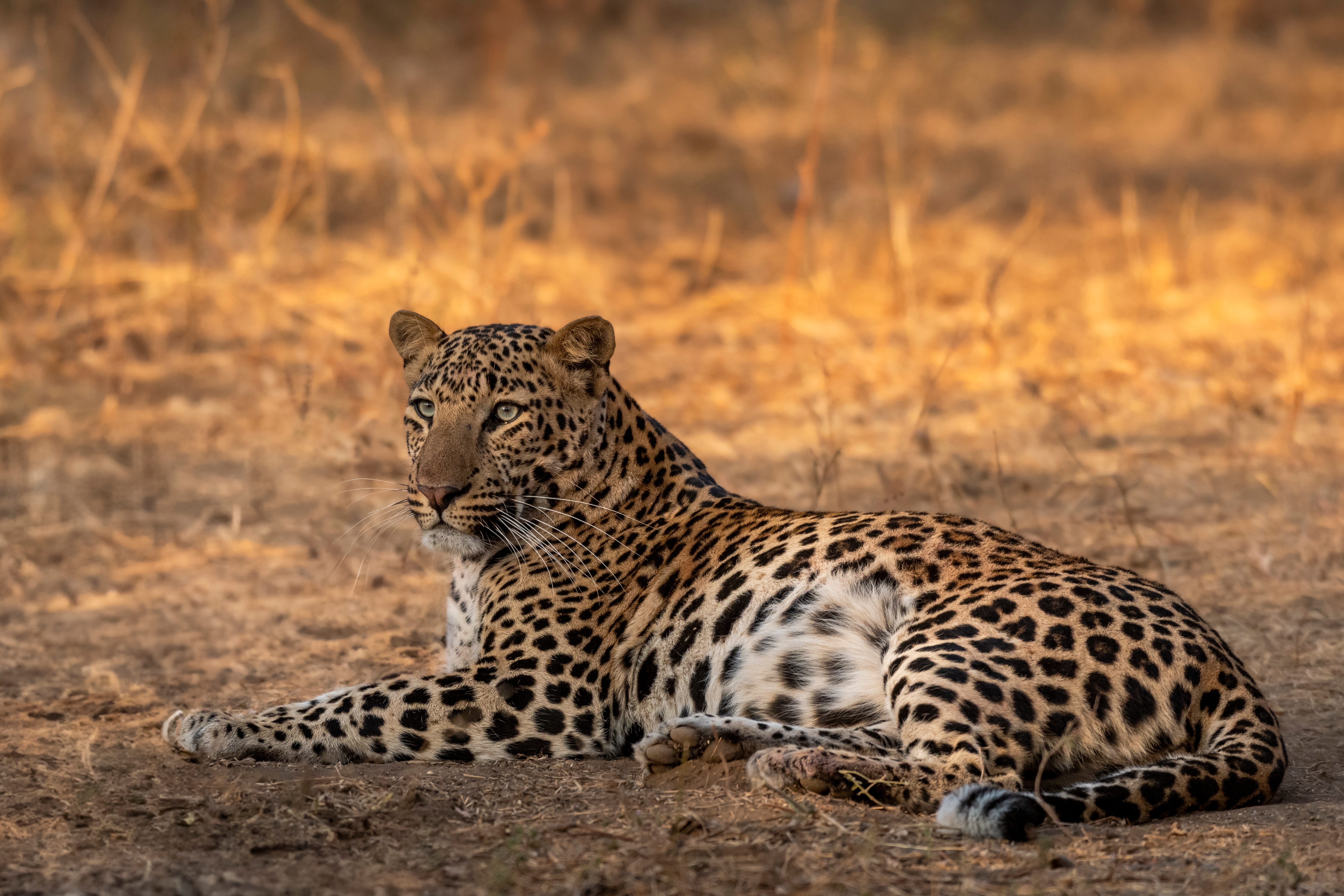
In the northwestern state of Rajasthan, in the "Land of Kings and Maharajas," lies Ranthambore National Park. In addition to tiger safaris, you can climb to the thousand-year-old Ranthambore Fort, a UNESCO World Heritage Site. Park guests will appreciate the Aman-i-Khas and Oberoi Vanyavilas hotels.
Also in Rajasthan, you can spot leopards in the Jhalana Wildlife Sanctuary and flamingos at Sambhar Salt Lake, and visit the magnificent palaces and forts that the state is so rich in. Here you'll find the Hawa Mahal palace complex, also known as the "Palace of the Winds," Kumbhalgarh Fort, or the "Great Wall of India," and the thousand-year-old Chand Baori stepwell with its 3,500 steps. Stay at the Taj Umaid Bhawan Palace, now a royal residence, or at the former royal palace, Six Senses Fort Barwara.
At the Kabini Wildlife Sanctuary, see jaguars and black leopards alongside tigers and elephants. Gir National Park is the only place in the world outside of Africa where you can see lions in the wild! Kaziranga National Park, and the state of Assam as a whole, is considered the rhino capital of the world.
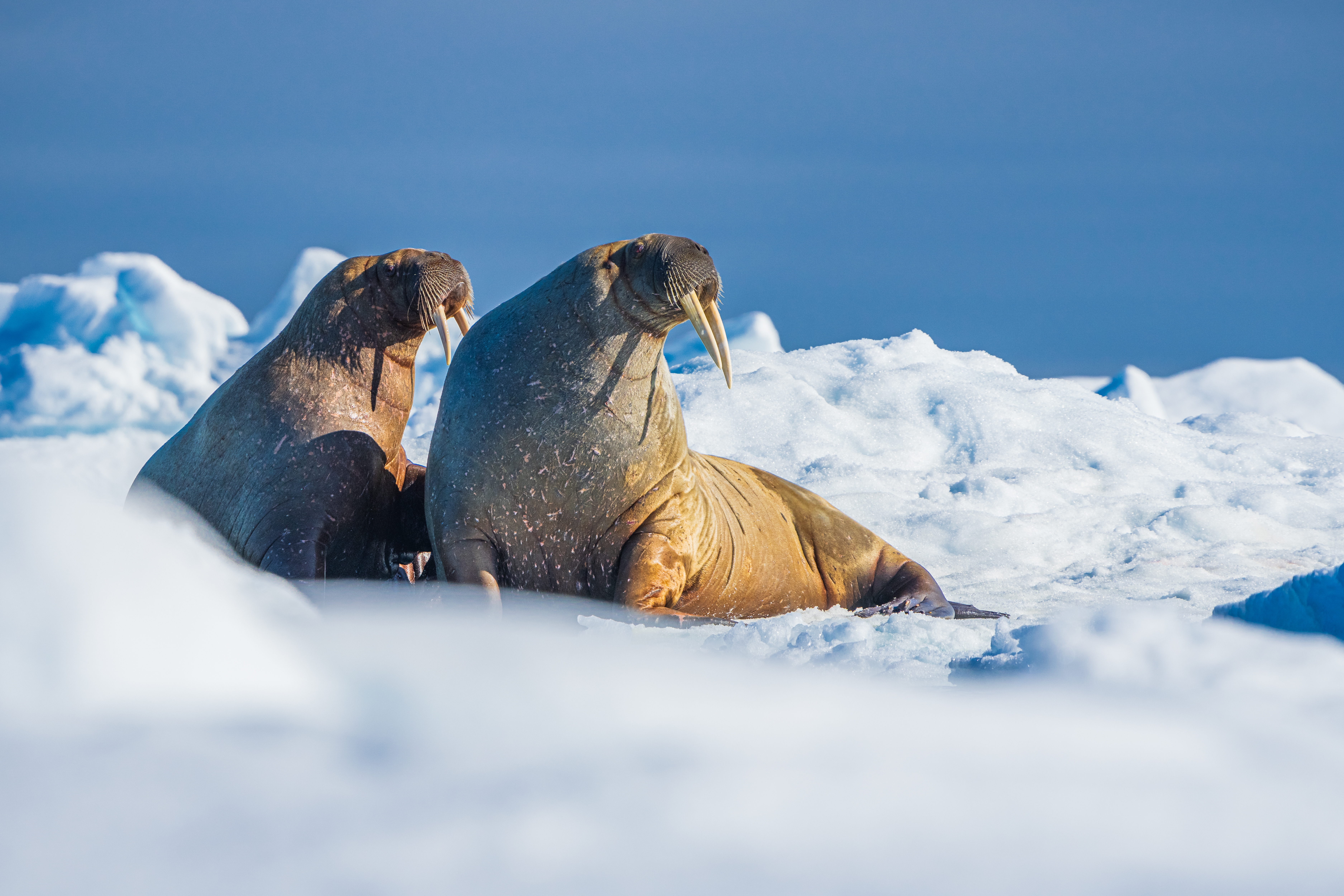
SPITSBERGEN
TO SEE: Polar bears and walruses.
Hundreds of polar bears are the main reason to visit this Norwegian archipelago. But beyond the kings of the Arctic, Svalbard will offer you encounters with walruses, which, weighing up to 1,700 kg, are excellent swimmers and, on land, reach speeds comparable to a human sprint. Narwhals, nicknamed "unicorns of the sea" for their long tusk-like teeth, are also among them. Interestingly, the friction of their tusks serves as a means of communication. Narwhals are also excellent divers, able to spend up to 25 minutes at depths of 1,500 m and over 3 hours at depths of 800 m.
Also found here are bearded seals, whose mating songs can be heard from 20 km away, humpback and blue whales, fin whales and beluga whales, Arctic foxes, and a variety of birds, including puffins. Svalbard reindeer have inhabited these lands for over 5,000 years.
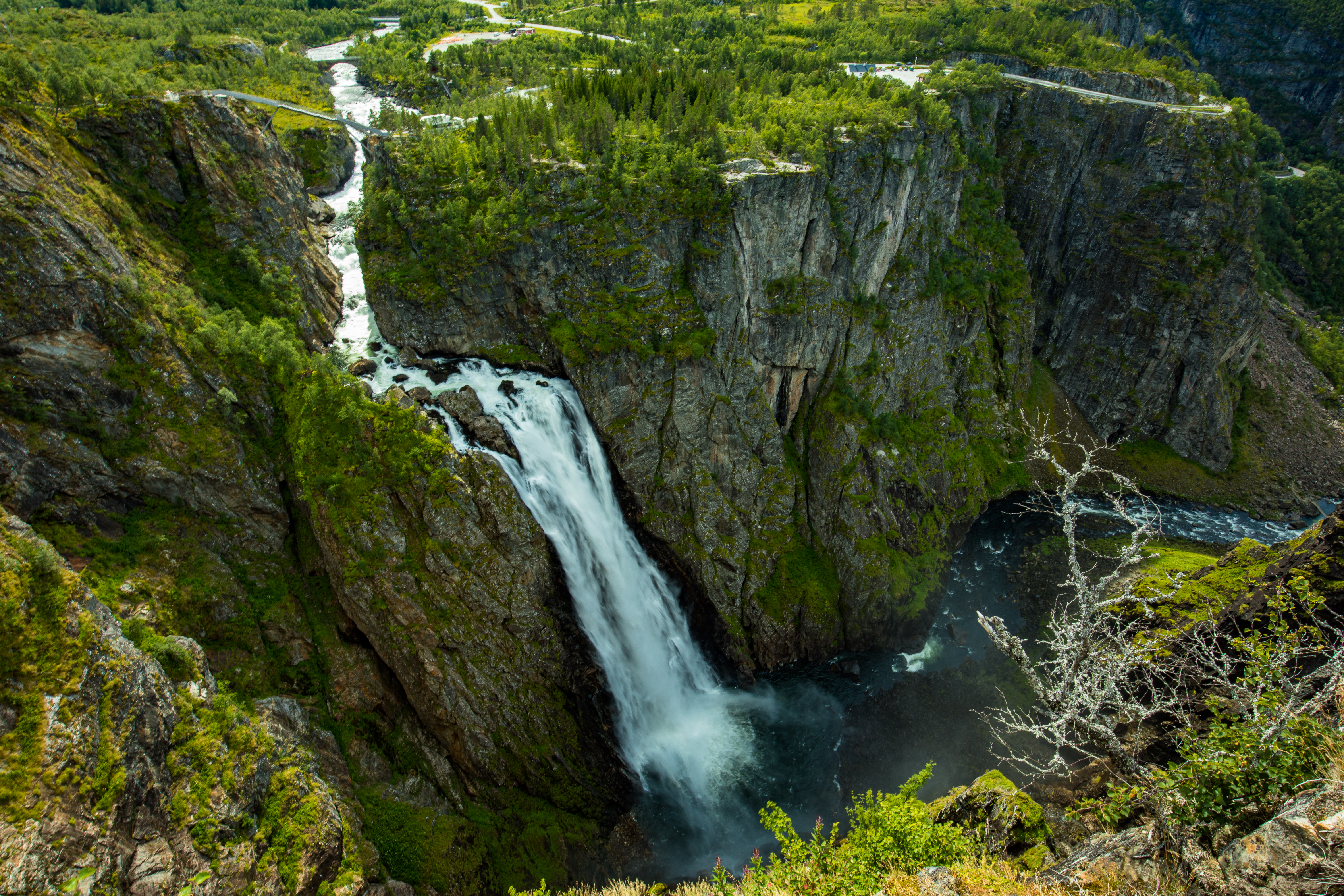
The best way to explore these places is on small-group cruises (such as the Ultramarine by Quark Expeditions) and expeditions, which include hiking, ski and snowmobile tours, sea kayaking, helicopter tours, and caving.
Continental Norway, meanwhile, will delight you with encounters with moose, musk oxen, and wolves.
It's also worth noting that Norway will impress you with the untouched nature of its national parks: rugged mountains and gorges, forests and vast expanses of glaciers, rushing rivers and waterfalls, and lakes framed by mountain peaks. Here you can conquer the highest point in Scandinavia – Mount Galdhøpiggen (2469 m), appreciate the majesty of the Vøringsfossen waterfalls, drive along the mountain roads along the fjords in a supercar, fly in a helicopter, scuba dive to the sunken ships of the 18th century, explore the coast of the Lofoten Islands by kayak and much more.
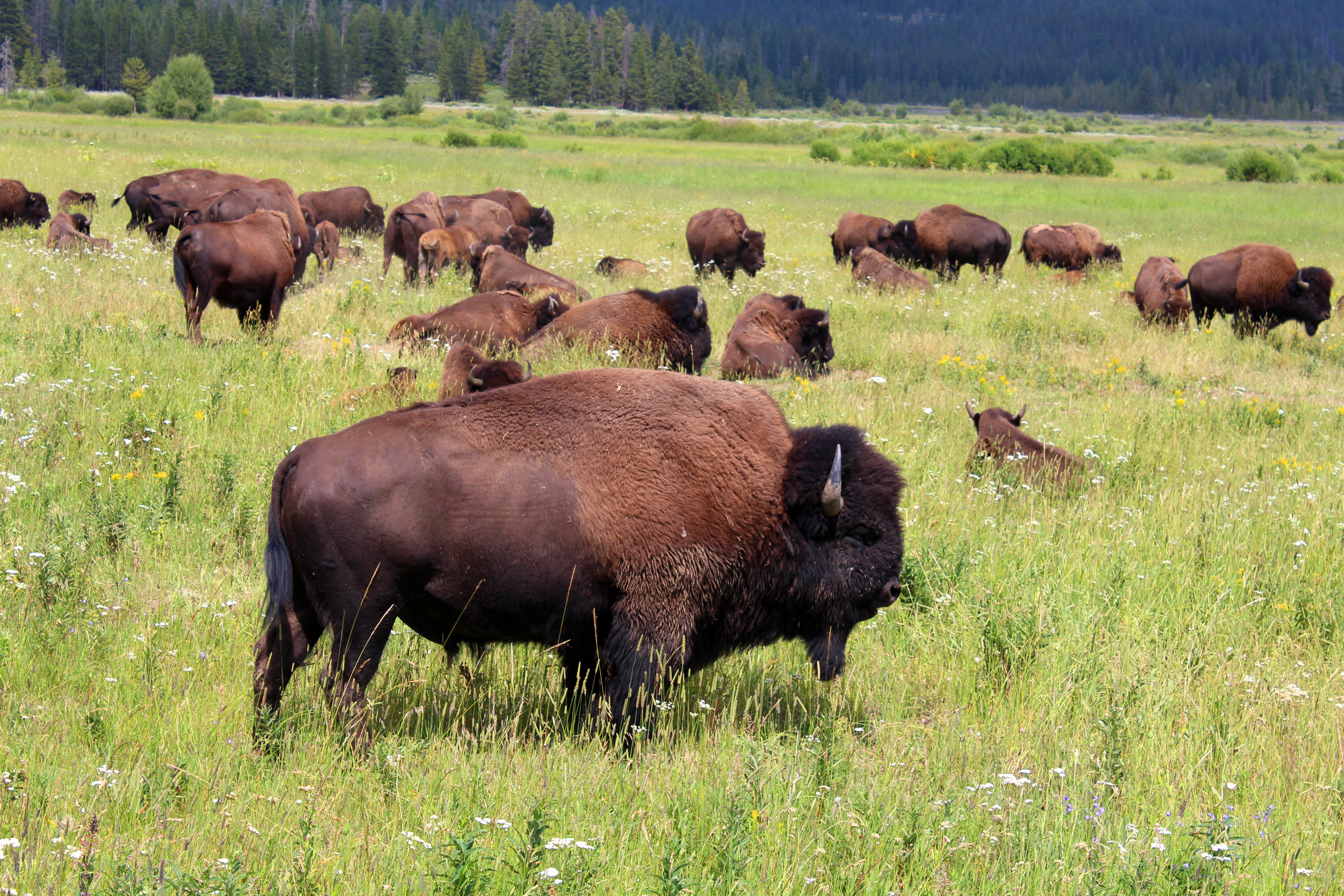
CANADA
TO SEE: Bison, grizzlies, and spirit bears, as well as the Great Caribou Migration.
Every time we hear about the Great Migration, we think of the Serengeti. But there's a longer route. Hundreds of thousands of caribou travel this route, crossing the Alaska-Canada border, where they can be found in Vuntut and Ivvavik National Parks.
There are 37 national parks and 11 nature reserves in Canada. The country's largest national park, Wood Buffalo National Park, is located in Alberta and the Northwest Territories. It was established 100 years ago and is now a UNESCO World Heritage Site. In this park, you'll see the world's largest bison herds, encounter black bears, moose, foxes, and wolves, and see the largest beaver dam on the planet, stretching 800 meters. Whooping cranes, numbering only 400 in the wild, also nest in Wood Buffalo. Wood Buffalo is also the world's largest dark sky preserve—the best place in the world for stargazing. Thousands of bison and elk can be seen in Elk Island National Park in Alberta.
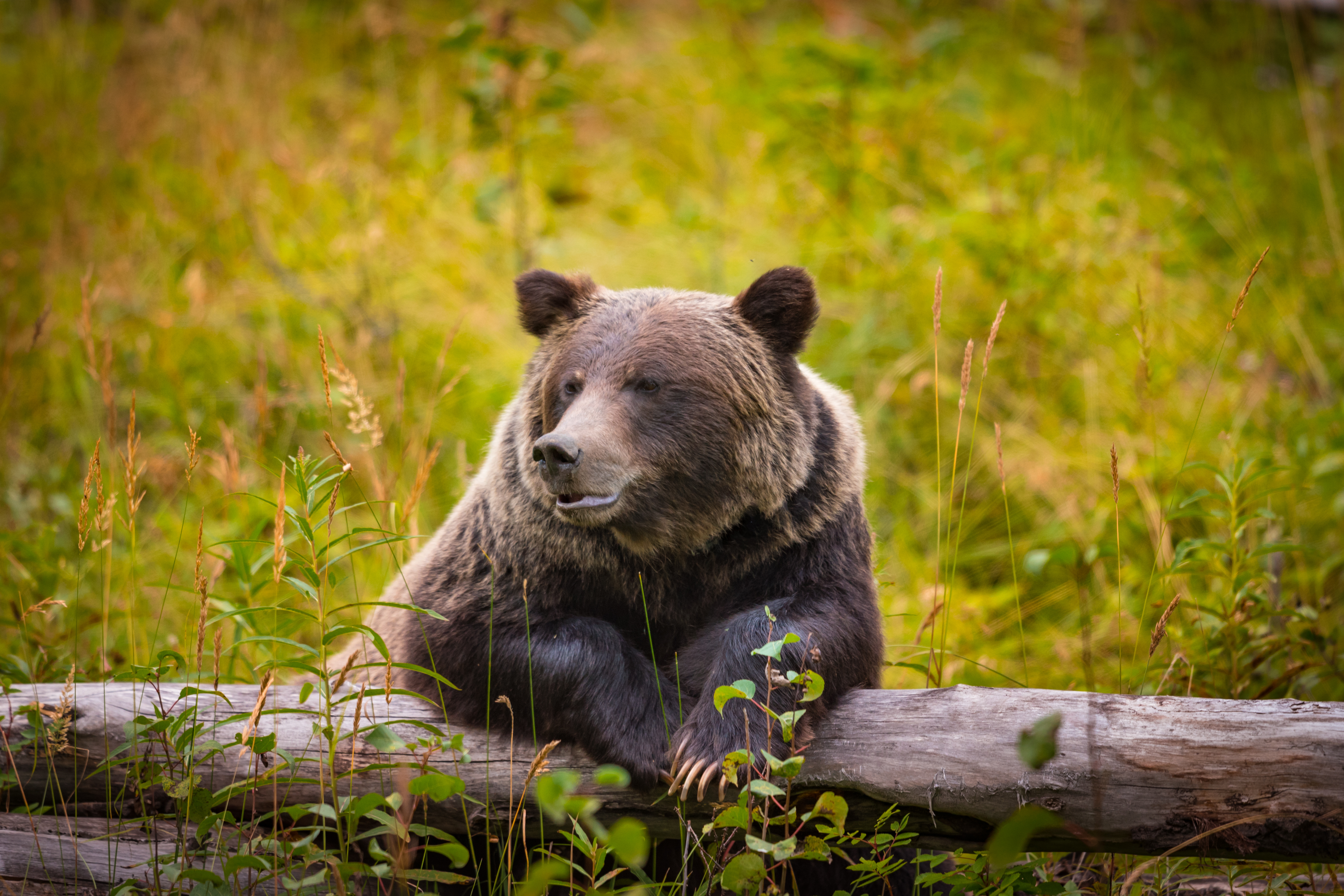
On the coast of Hudson Bay in Manitoba is Wapask National Park, the only one home to the bear trio: black bears, grizzlies, and polar bears. Throughout the park, dens are dug in the snow where polar bear mothers and cubs spend the winter, with the cubs having their own "nursery" right next to their mother's bedroom. Caribou, moose, wolves, and foxes live in the park. Helicopter tours are available over its vast expanses.
Moose are kings of Canada's Atlantic coast, especially in Gros Morne and Cape Breton Highlands National Parks. The Cabot Highway, one of the most beautiful coastal highways on the planet, runs through Cape Breton Highlands Park. In the summer, the park offers dozens of hiking trails, and in the winter, it turns into a ski resort!
In Quebec, spot beavers in La Mauricie National Park, where rivers, lakes, cascades, and waterfalls create wonderful conditions for hiking, camping, and water recreation. Saguenay-Saint-Laurent National Marine Park in the same province is home to 13 (!) species of whales. The best time to spot them is from July to mid-October.
British Columbia, on the Pacific coast, is a kingdom of wildlife. The Great Bear Rainforest, also known as the "Amazon of the North," stretches along the ocean. Here, among thousand-year-old cedars and mossy mountains, by the ocean, rivers, and waterfalls, roam grizzlies, island wolves, Sitka deer, pumas, mountain goats, and sacred Kermode bears, or ghost bears, with their cream-colored fur. Along the coast, you'll encounter sea otters and sea lions, and at sea, humpback whales and orcas. Soar by helicopter above snow-capped mountains, 10,000-year-old glaciers, and beaches.
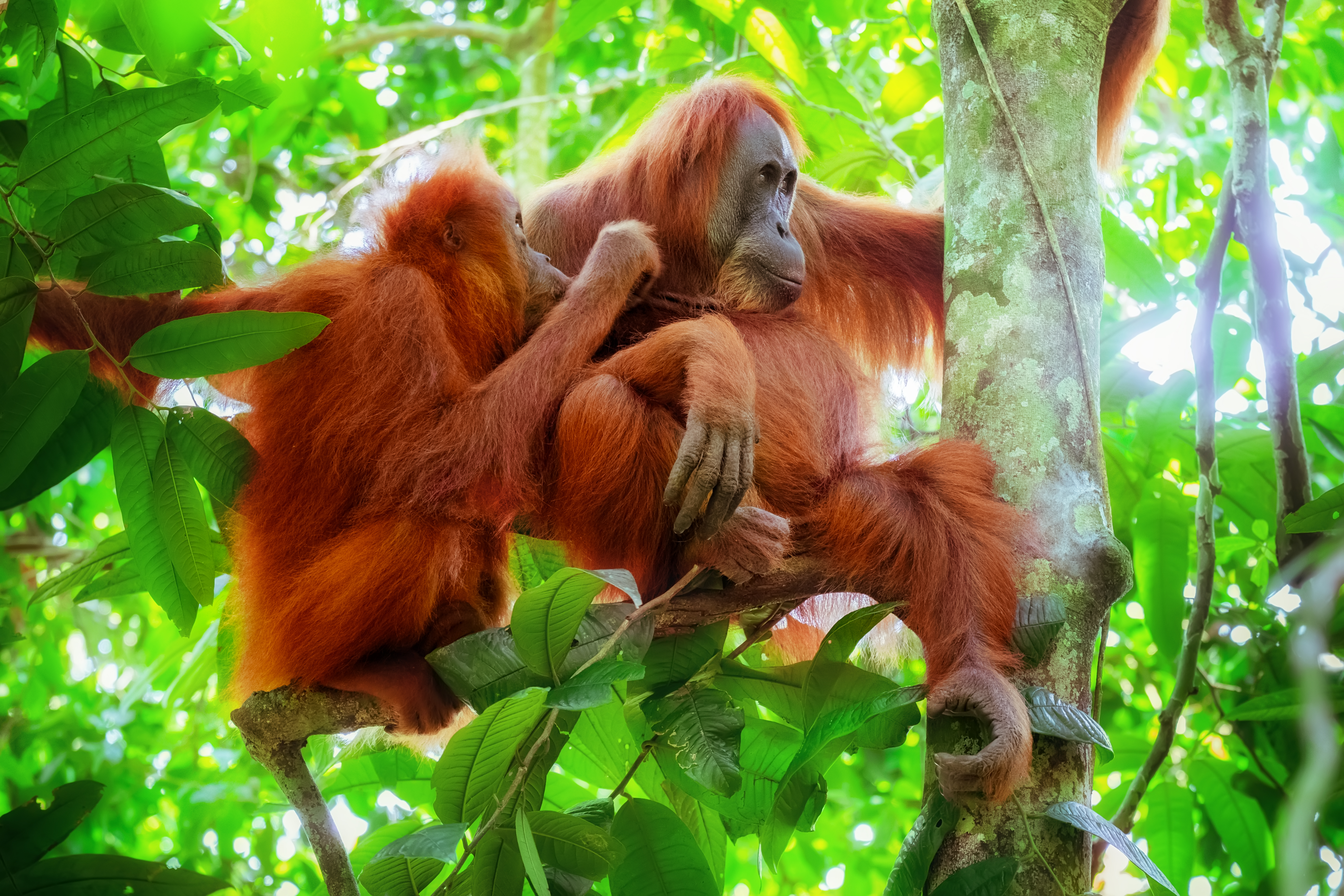
SUMATRA AND BORNEO
TO SEE: Orangutans.
The rainforests of Borneo and Sumatra are 140 and 150 million years old, respectively. By comparison, the Amazon rainforest is "only" 55 million years old. In terms of biodiversity, it's one of the richest places on the planet. Only in Borneo and Sumatra can you observe orangutans in the wild, and one of the best places to do so is Sumatran's Gunung Leuser National Park. Besides orangutans, it's home to tigers, rhinos, elephants, sun bears, various monkeys, and hornbills. Kerinci Seblat National Park is home to the largest population of Sumatran tigers on the planet. Southeast Asia's highest active volcano is also located here, and it's popular for hiking.
Sumatra is also famous for Lake Toba, the world's largest volcanic lake, which is 74,000 years old. People come here to swim in the crystal-clear waters and enjoy water sports, explore Batak culture and architecture on Samosir Island, and explore rice paddies and meadows on bicycles and motorbikes.
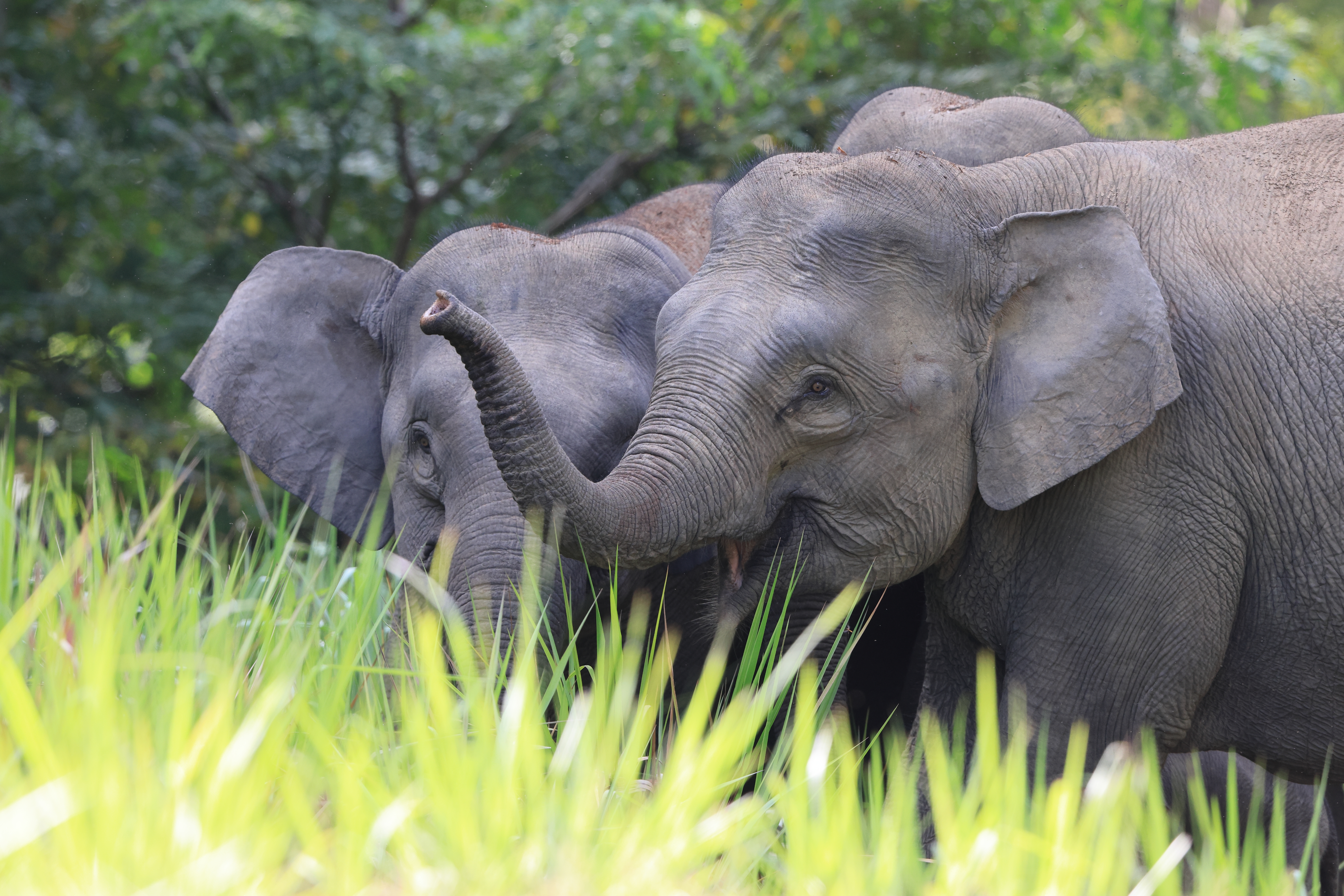
In Borneo, you'll visit Tajungputing National Park, home to orangutans and proboscis monkeys, clouded leopards, civets, deer, sun bears, muntjacs, sambars, and banteng bulls. Complete your experience with a river boat ride. In Kinabalu National Park, you'll admire the diversity of flora: there are more plants here than in Europe and North America combined. Climbing is available to the 4,095-meter-high Mount Kinabalu. And don't miss out on a helicopter tour to see the mountain in the rays of the sunrise. See Bornean pygmy elephants and a variety of other animals in the Danum Valley Nature Reserve, and admire the "stone forest" in Gunung Mulu National Park. After an action-packed trip, head to the nearby paradise islands of Karimunjawa and stay at the Kura Kura Resort, with its stunning beaches and world-class diving.
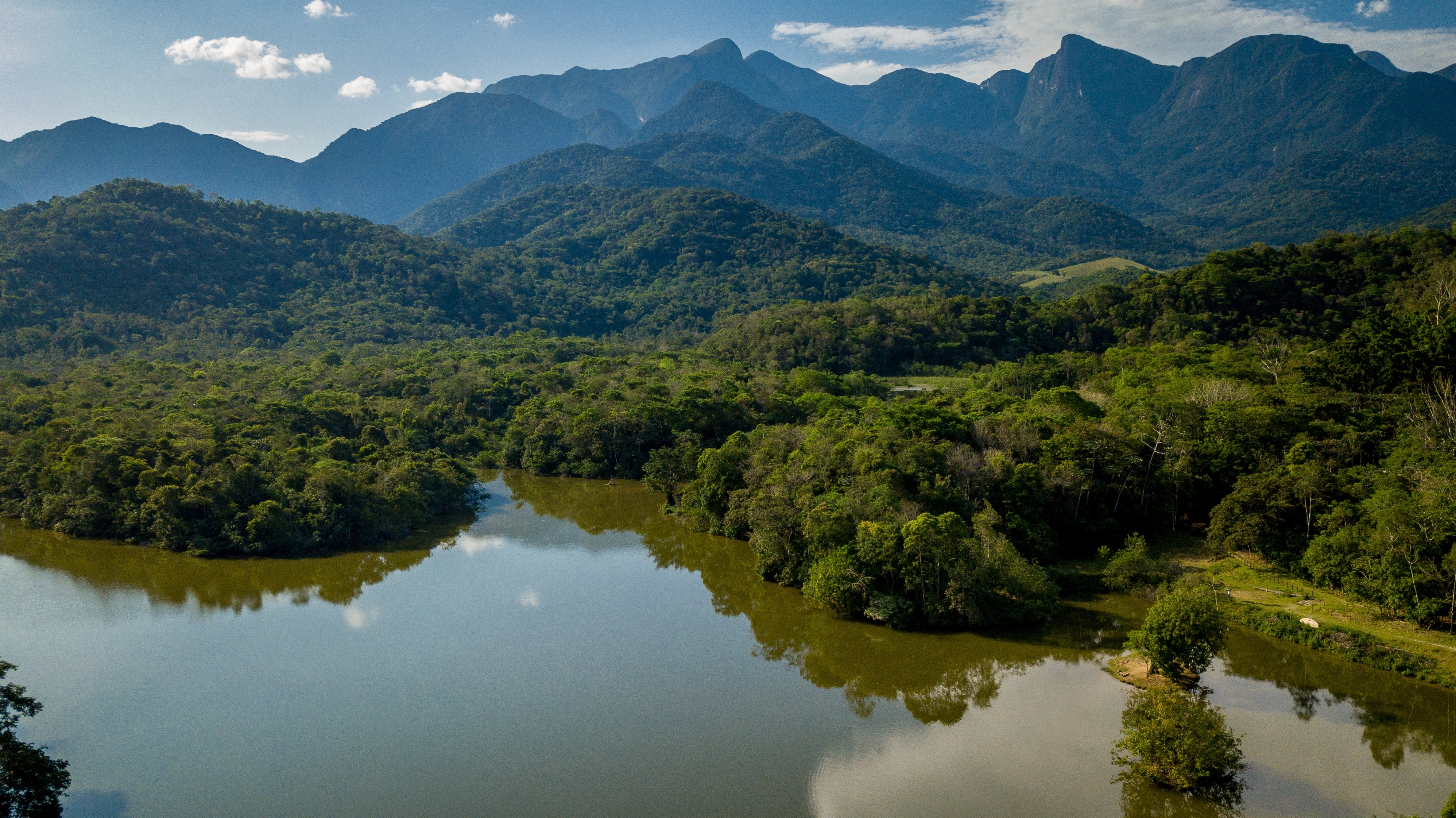
BRAZIL
TO SEE: jaguars, sloths, Amazon dolphins...
The list goes on and on. Brazil is home to the Amazon rainforest, the Pantanal, the Atlantic Forest, the tropical savannah of the Cerrado, the low-lying dry forests of the Caatinga, and the Pampas, each with its own unique flora and fauna. Brazil is home to 775 mammal species, including 139 primate species—the highest number on the planet. The Pantanal, the largest wetland on Earth, boasts the highest concentration of living creatures in any ecosystem in the world. Its most famous inhabitants are jaguars. Excellent swimmers and divers, they are at home in the water, hunting caimans, turtles, and fish, where they also consume their prey and cool off. Jaguars are equally comfortable on the ground and in the treetops, putting them at an advantage compared to, for example, ocelots or pumas – other inhabitants.
Pantanal. You'll also see capybaras – the largest rodents on the planet – giant anteaters, tapirs, peccaries, maned wolves, marsh deer, armadillos, Brazilian otters, coatis and capuchins, howler monkeys, anacondas, Brazilian jabirus, toucans, hyacinth macaws… You can discover the Pantanal's wildlife at any time of day by kayaking, 4x4, or horseback. And how many extraordinary shots can be captured on a photo safari! Casa Caiman is among the best hotels in the Pantanal. The Amazon rainforest is one of the few refuges for jaguars, harpy eagles, and pink river dolphins, as well as home to sloths and spider monkeys. The diversity of birds is astounding: from hummingbirds and toucans to hoatzins and macaws. All the riches of nature unfold before you at Cristalino Lodge, one of the 50 best ecolodges on the planet, according to National Geographic Traveler. Here, you can observe forest life from 50-meter observation towers, while hiking and river cruises. This is the ideal option for those who don't want to sacrifice comfort for the experience. Anavilhanas Jungle Lodge in Anavilhanas National Park, the second-largest river archipelago in the world, encompassing 400 islands and 60 lakes, also meets the needs of the most discerning traveler. The Amazon dolphin is the park's symbol. River cruises are also popular here.
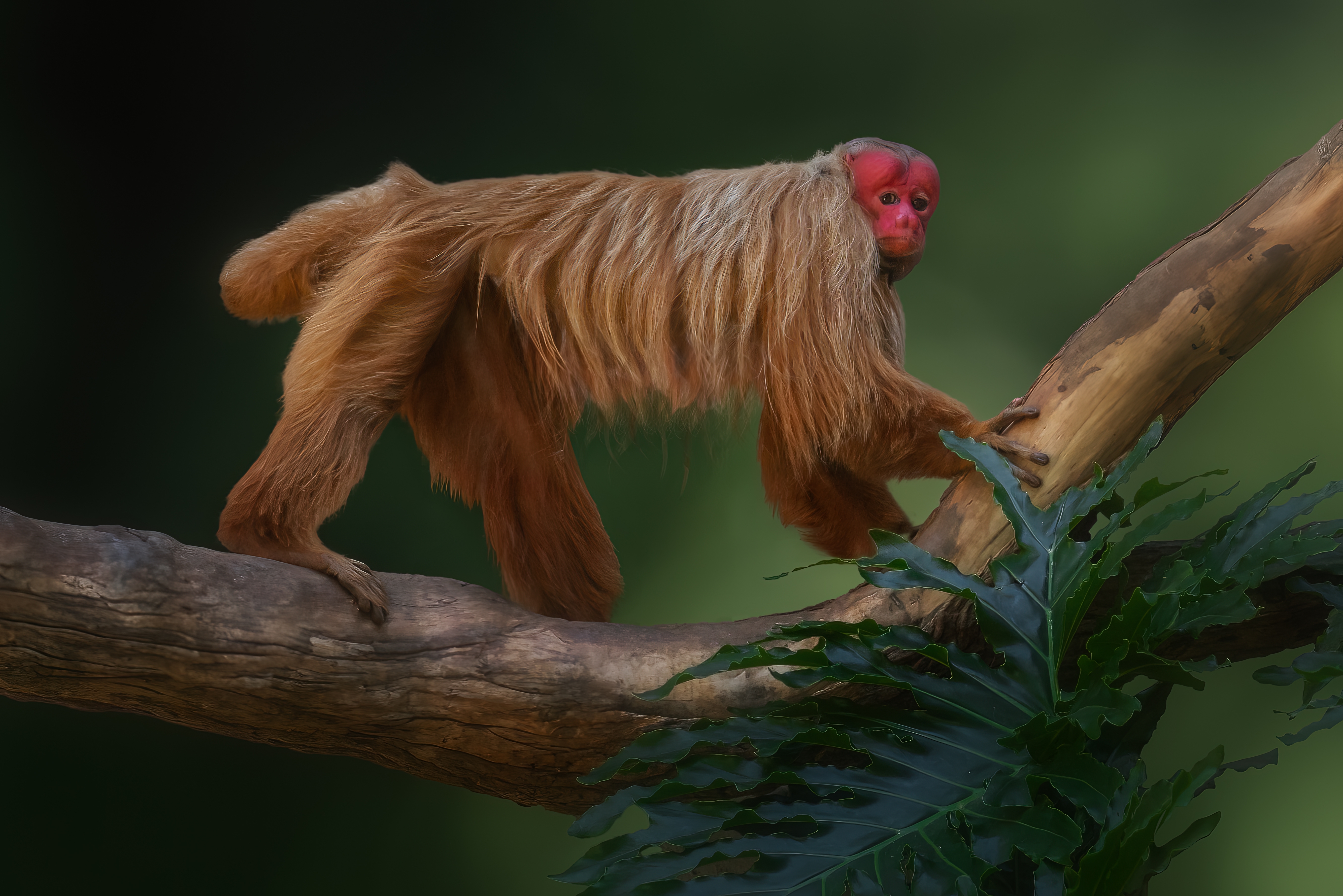
The Mamirauá Amazon Reserve is the world's only home to the unique bald, or white, uakari—primates with red faces and thick, light- or reddish-colored fur. Uakari Lodge, where you can observe forest life right from your room, is named in their honor.
A quarter of the country's territory is occupied by the cerrada, or Brazilian savanna, which encompasses more than 5% of the planet's biodiversity: 860 bird species, 200 mammal species (jaguars, pumas, and jaguarundis, maned wolves, marsh and pampas deer, giant anteaters, and armadillos), 1,200 fish species, millions of insects, and 11,000 plants, half of which are endemic. It's no wonder National Geographic included the cerrada in its list of 25 places to visit in 2025. Stay at Pousada Trijunção, which partners with an organization dedicated to protecting maned wolves. Night safaris and birdwatching are popular here.
Caatinga, the continent's largest dry tropical forest, is home to thousands of endemic species. Pumas, jaguars, and ocelots, gray jaguars, armadillos, anteaters, and collared peccaries live here. The pampas, meanwhile, are home to pampas deer, red foxes, guanacos, and rheas, Geoffroy's cats, South American skunks, small grisons, Brazilian pigs, nutrias, and white-bellied opossums.
But Brazil is rich not only in forests, but also in the stunning underwater world of the Atlantic Ocean. The Abrolhos National Marine Park protects the largest reef complex with the greatest biodiversity in the South Atlantic. There are numerous rays, sea turtles, and hundreds of species of fish here, but people come here primarily to see humpback whales, which give birth here from July to November. Catamaran cruises and day and night dives allow you to discover Brazil's natural environment from a different perspective.
The UNESCO-protected Fernando de Noronha archipelago is famous for its magical beaches. Its Sancho Beach ranks 25th on the list of the 50 most beautiful beaches on the planet. And the diving here is among the best in South America.
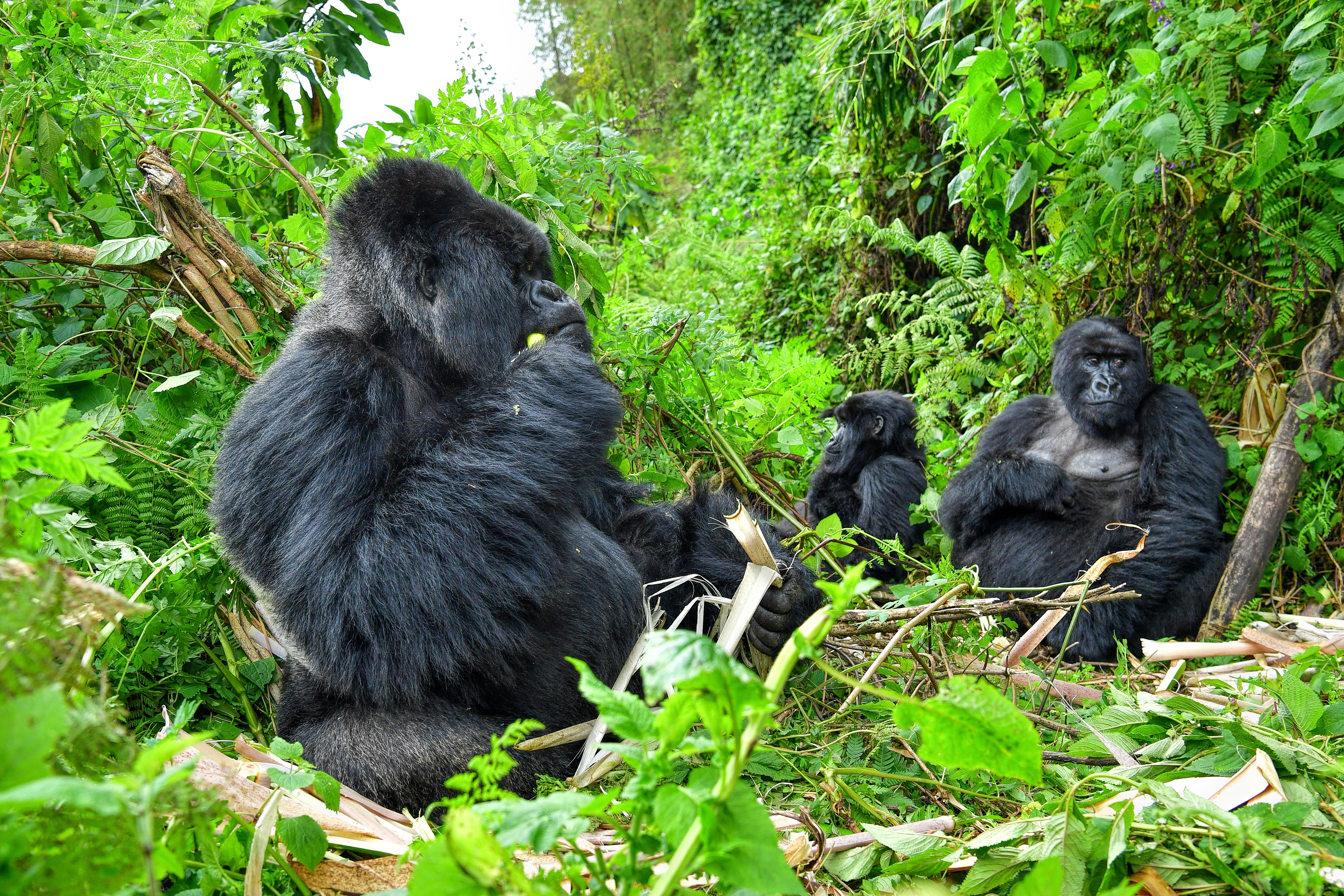
UGANDA AND RWANDA
TO SEE: Mountain gorillas and lions in the trees.
Birunga National Park in Rwanda, Virunga National Park in Congo, and Mhaginga Gorilla National Park in Uganda are located in the Virunga Mountains. This is the place where people come from all over the world to see mountain gorillas and golden monkeys.
Rwanda has four national parks. Birunga National Park, the oldest in Africa, was founded exactly 100 years ago. Its bamboo forests are home to 11 families of great apes. Five of the eight volcanoes of the Virunga Massif are located here, including Mount Karisimbi (4,507 m), which offers two-day expeditions. Another highlight of the park is the Musanze Caves, formed 65 million years ago.
The park offers a wide choice of lodges, including Bisate Lodge, a multiple winner of the World Travel Awards' "Best Safari Lodge in Africa," the luxurious One&Only Gorilla's Nest, and Singita Kataza House.
In Nyungwe Forest National Park, you can observe chimpanzees, colobus monkeys, endemic bearded monkeys, and 10 other monkey species. Here, you can spot colorful sunbirds, bulbuls, and turacos from a 70-meter-high suspension bridge. Afterward, visit the nearby tea plantations, attend a private tea ceremony, or dine al fresco among the tea bushes. Take a one-hour helicopter tour over the forest. Later, stargaze with an astronomer. All of this is offered at One&Only Nyungwe House.
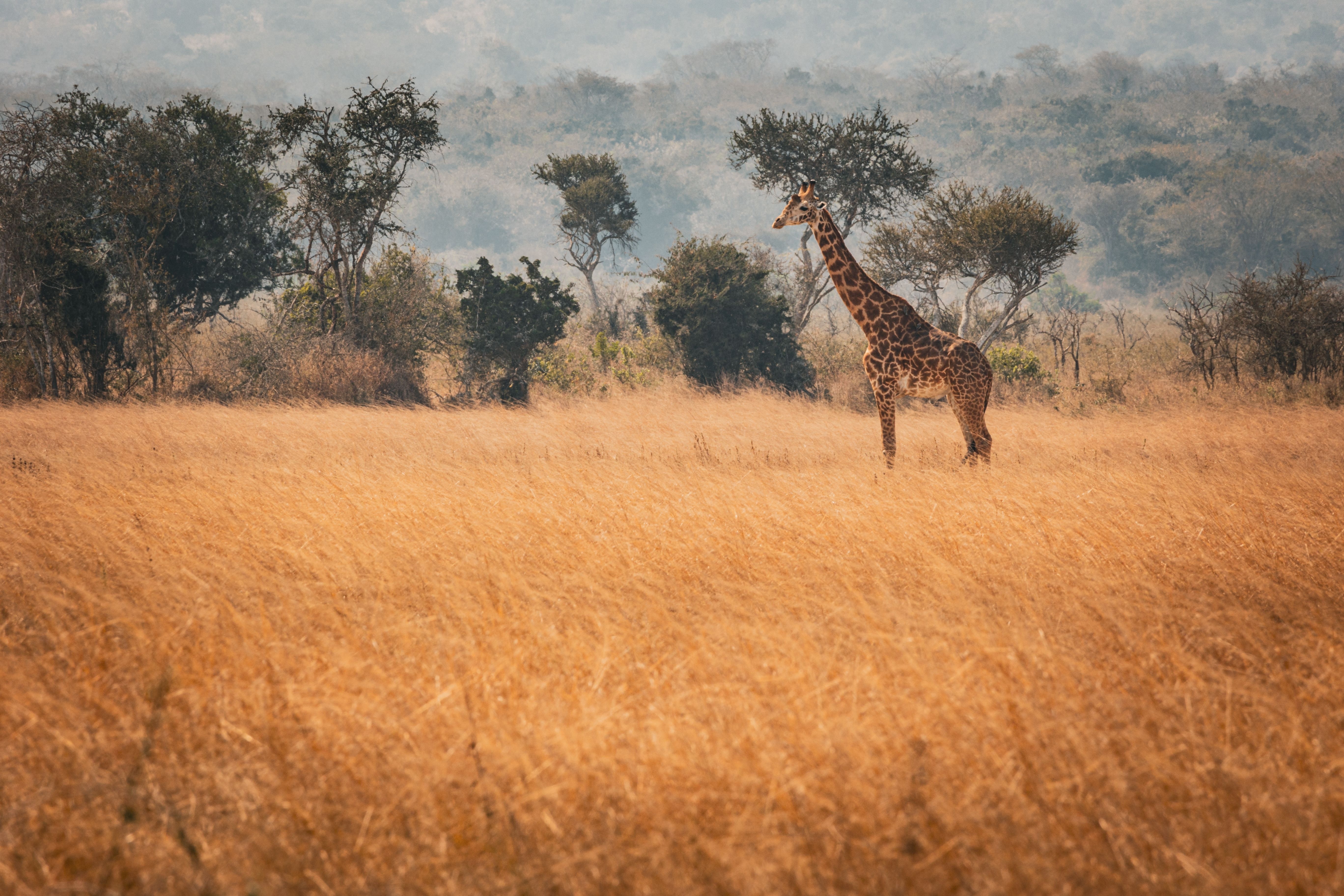
Akagera National Park offers a completely different landscape – an alternative spot to encounter the Big Five, zebras, giraffes, and nearly 500 species of birds! Traditional safaris are complemented by walks on Lake Ihema, home to hippos, Nile crocodiles, and waterfowl.
Even more impressive will be your journey through Uganda, where Bwindi Impenetrable National Park is home to half the world's mountain gorilla population. You'll also be enchanted by the beauty of Lake Bunyonyi, with its 29 islands. Its clear waters are free of crocodiles and hippos, offering opportunities for swimming, boating, birdwatching, and night canoeing.
The tropical rainforests and waterfalls of Kibale National Park attract chimpanzees, colobus monkeys, and Anubis baboons, leopards, golden cats, and even lions, forest elephants, elkhorn, and buffalo.
At Murchison Falls National Park, all eyes are on the planet's most powerful waterfall, Murchison Falls. Tourists can take a boat ride, soar over the falls in a helicopter, and observe four members of the Big Five: elephants, buffalo, lions, and leopards, as well as hippos, giraffes, antelopes, chimpanzees, and many other animals. Queen Elizabeth National Park is one of only two places on the planet where you can see lions in the trees. Elephants, lions, buffalo, chimpanzees, zebras, and antelopes also inhabit the park. You can observe them on safaris and boat tours.
From relaxing on Lake Victoria to rafting on the Nile, hiking in the Rwenzori Mountains National Park, and watching animals in 10 national parks, Uganda's natural beauty is truly impressive.

